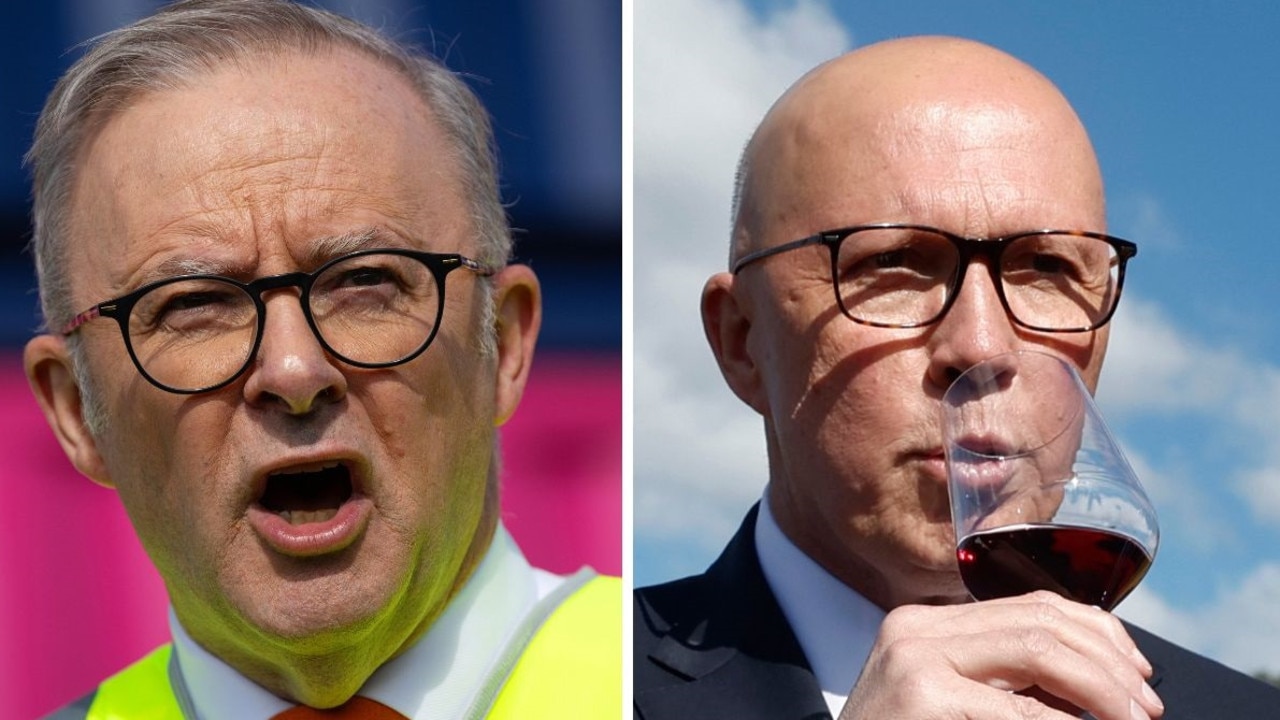The public servants who have been paid more than Prime Minister Anthony Albanese
Experts say the pay and perks at the top of the Commonwealth public service should be reviewed. See who earns what and who is at the top of the tree.
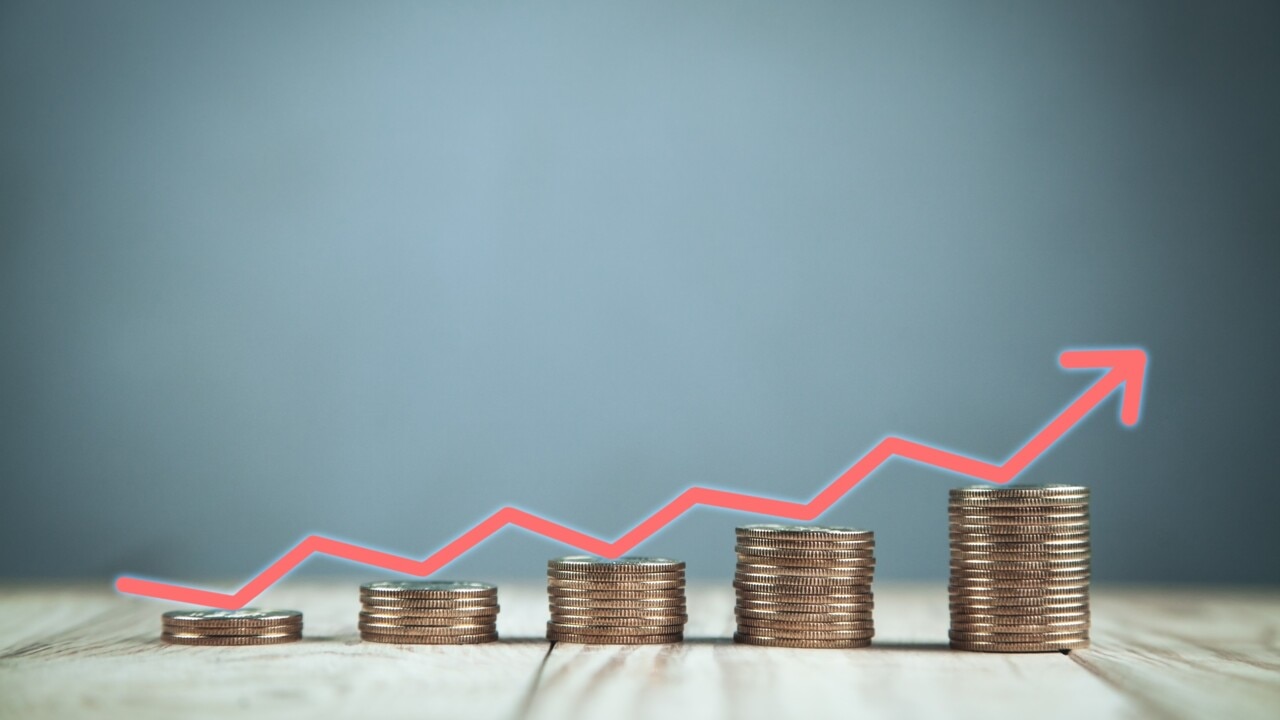
Work
Don't miss out on the headlines from Work. Followed categories will be added to My News.
The pay packets and perks of Commonwealth public service bosses should be reviewed, it is claimed, as concerns are raised about the staggering cost of the sector.
Experts say the combination of possible perceived political pressure, big pay packets and the prospect of lucrative contracting work after leaving the taxpayer’s employ raises questions about the nature of work done at the top end of the service, despite a pledge by the Albanese government to end jobs for mates and crack down on perks.
Departmental secretaries are paid up to $977,200 a year – almost double Prime Minister Anthony Albanese’s $586,950 a year – and enjoy perks including first-class travel, a meal allowance of up to $204 a day and airline lounge membership.
They are at the peak of a broader public sector taking in federal, state and local governments that a new analysis of official statistics shows has grown one and a half times faster than the population of Australia over the past 15 years.
Across federal, state and local governments, almost one in 10 Australians work in the public service, at a cost of almost $2.4bn a year.
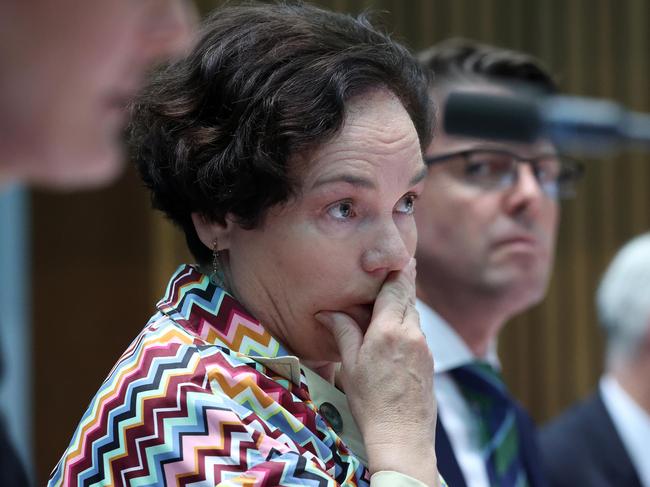
In February last year the government said it would crack down on political appointments in the public service and cut $5bn in travel and other expenses.
And in November it promised to bring more consulting in-house and set up a merits-based appointments process for departmental secretaries.
Former senator Rex Patrick said no one wants a repeat of the performance at the top level of the Commonwealth public service that were demonstrated at the royal commission into robodebt, which heavily criticised former Department of Human Services secretary Kathryn Campbell.
“Were I still in the Senate, I would call for an inquiry into the upper echelons of the public service, not just their salaries, but looking at the circumstances around the senior public service that goes to accountability, that goes to amount of money that they’re getting paid.”
He said slashing the pay of top public servants “would require great political courage”.
“But I think it’s necessary,” he said.
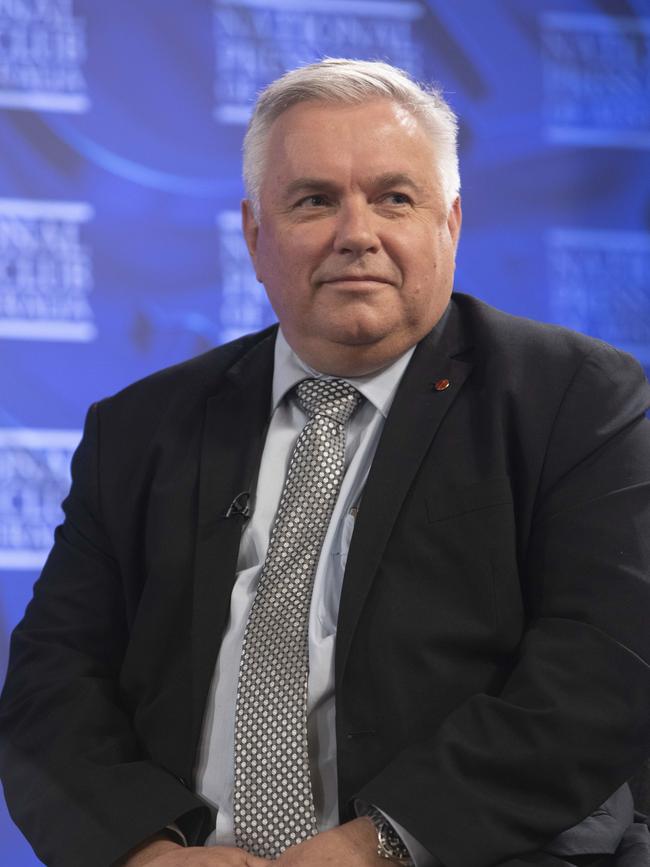
Mr Patrick said the idea that top public servants needed big pay packets to avoid them going to the private sector was wrong.
“They’re not in the private sector, if they want to go to the private sector, if they want to deal with uncertainties that come with dealing with the real responsibility that’s associated with very high paying jobs in the private sector then they are of course welcome to,” he said.
“I suspect, if one were to reduce the pay by half, you will still have the same people applying or seeking to get to those positions of power, responsibility and service.”
Public sector employment expert Michael O’Donnell, who is a professor at the University of New South Wales, said he “wouldn’t go as far as Rex (Patrick) and say [the roles are inherently] completely politicised and they’re really just doing whatever the minister tells them, but there’s definitely an element of that”.
He said the top rank of the Commonwealth public service, the senior executive service, was made up of the best and brightest and worked very hard, but short-term contracts and big pay put them at risk of feeling some level of politicisation.
There is no suggestion that any of these top public service earners and bosses are not qualified for their roles.
“I think there are legitimate questions that could be asked about the politicisation of people as they go through the ranks of the SES, to what extent can they remain independent of government?” Prof O’Donnell said.
“Because their jobs are at risk and their bonuses are at risk, so it’s human nature, they will probably feel constrained in their advice particularly if it was advice contrary to government policy.”
About 2.43m people were public servants in Australia in the middle of last year, compared to about 1.75m in 2008, the first year the ABS collected the information.
State public services are the biggest driver of the increase because they deliver services such as health and education and the Coalition government cut the size of the Commonwealth public service by about 15,000 people during its decade in office.
The biggest type of work is public administration and safety, which includes police and emergency workers and employs 817,600 people, up 40 per cent since 2008 when 580,600 people were included in the category.
TOP PUBLIC SERVICE EARNERS
Glyn Davis, Department of Prime Minister and Cabinet $977,200
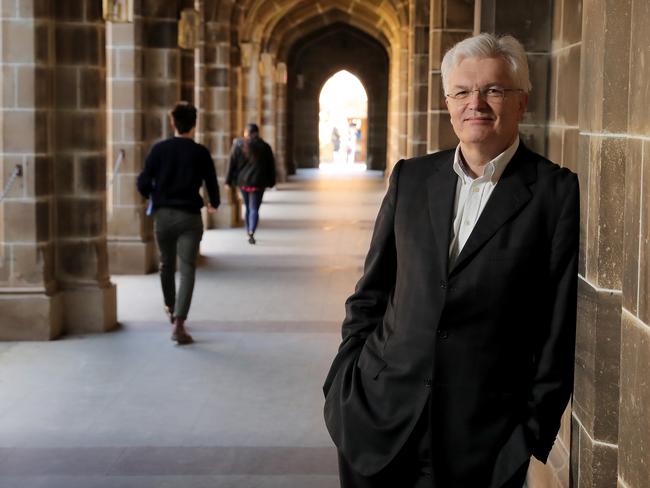
1306 employees
Appointed by Prime Minister Anthony Albanese after he won the election in 2022, Prof Davis is the former vice-chancellor of Melbourne University.
Steven Kennedy, Treasury $952,770
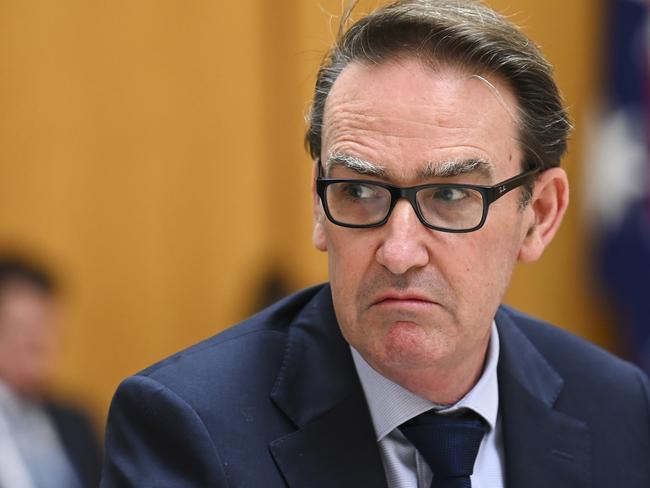
1611 employees
Dr Kennedy, who was kept on by Treasurer Jim Chalmers after the election, is a career public servant with more than 30 years in the service.
Adam Fennessy, Agriculture, Fisheries and Forestry $928,340
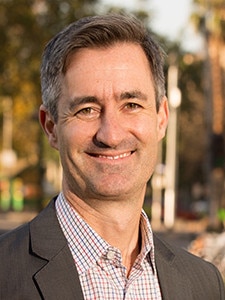
5474 employees
A career state and federal public servant whose previous gig was as Victorian Public Service Commissioner.
Katherine Jones, Attorney-General’s Department $928,340
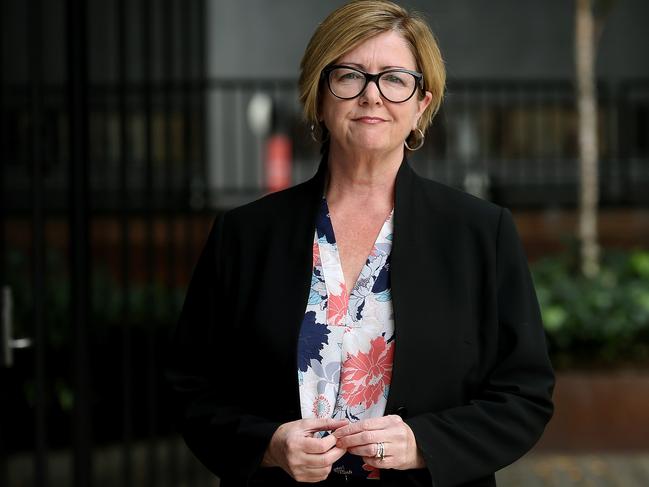
2470 employees
A former academic book editor and publisher, Ms Jones was associate secretary at Defence before moving up to the AG’s department.
David Fredericks, Climate Change, Energy, the Environment and Water $928,340
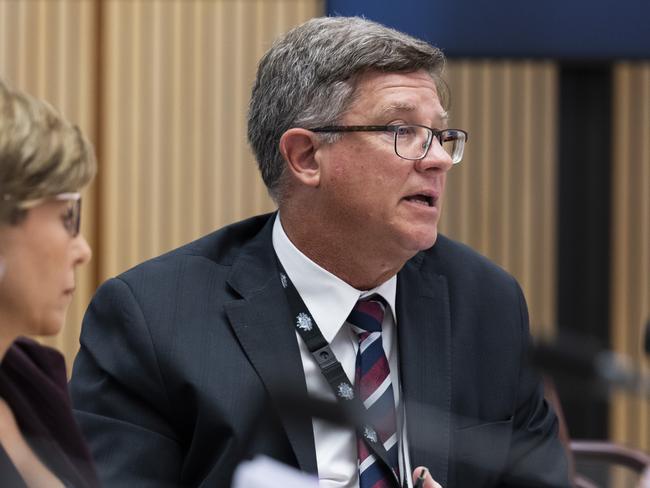
4511 employees
Originally a barrister, Mr Fredericks was chief of staff to Labor environment minister Peter Garrett during the Rudd-Gillard years.
Greg Moriarty, Defence $928,340
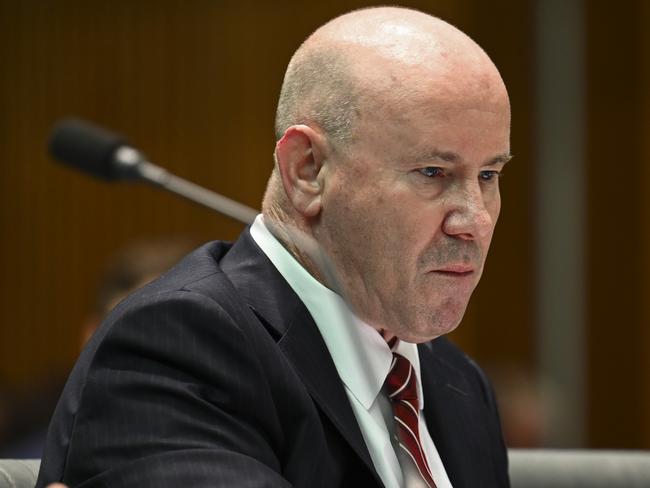
18,391 employees
Re-appointed by Labor after the election, Mr Moriarty was formerly chief of staff to Liberal PM Malcolm Turnbull.
Tony Cook, Education $928,340
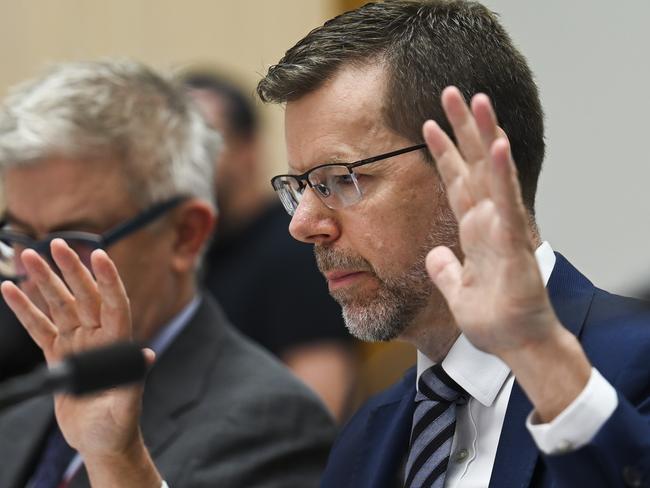
1502 employees
Mr Cook is registered as a primary school teacher in Queensland but came to the department from the state’s public service.
Natalie James, Employment and Workplace Relations $928,340
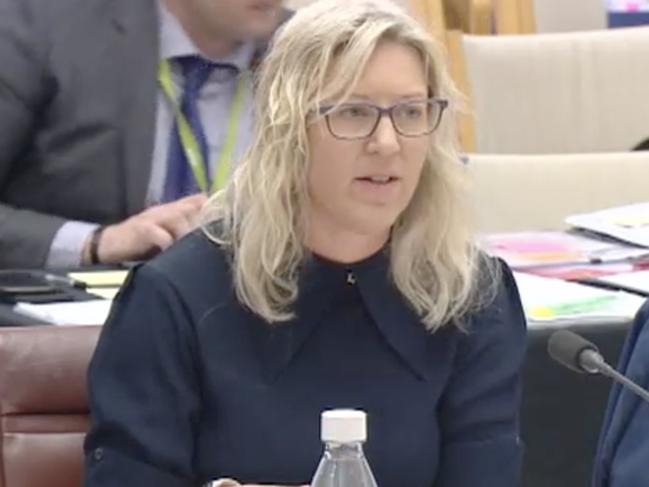
3479 employees
Ms James is best known for a stint as Fair Work Ombudsman but was working at Deloitte before she was appointed by Labor after the 2022 election.
Jenny Wilkinson, Finance $928,340
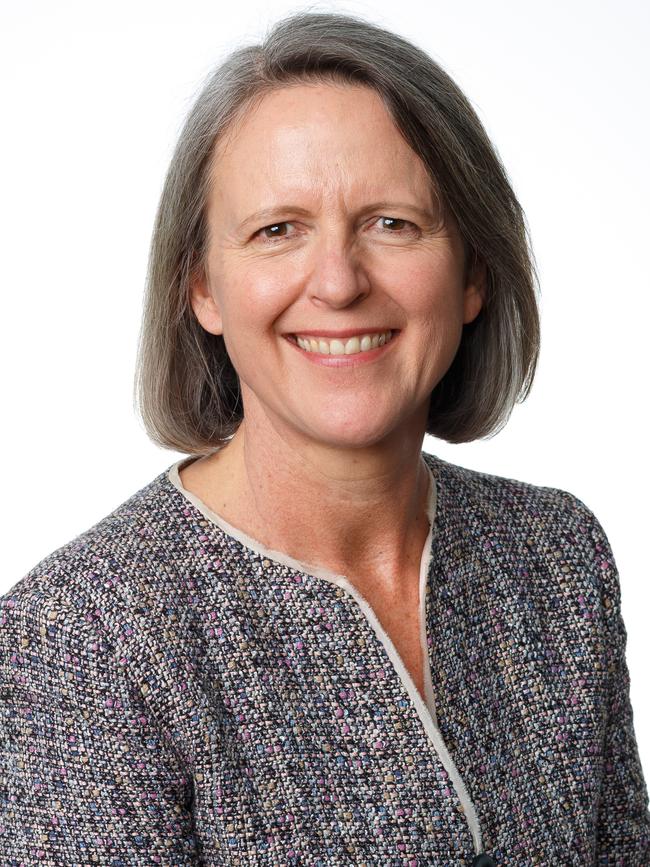
1925 employees
Ms Wilkinson is another career public servant who was closely involved with the Morrison government’s JobKeeper program.
Jan Adams, Foreign Affairs and Trade $928,340
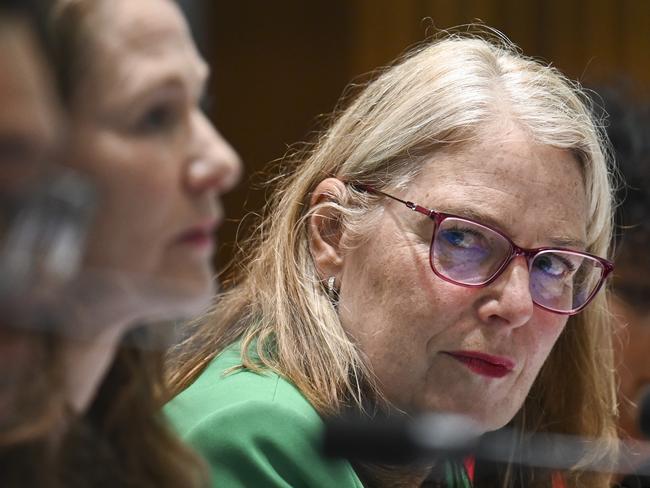
4758 employees
A Keating-era Labor ministerial adviser, Ms Adams joined DFAT in 1999 and has been there since.
Blair Comley, Health and Aged Care $928,340
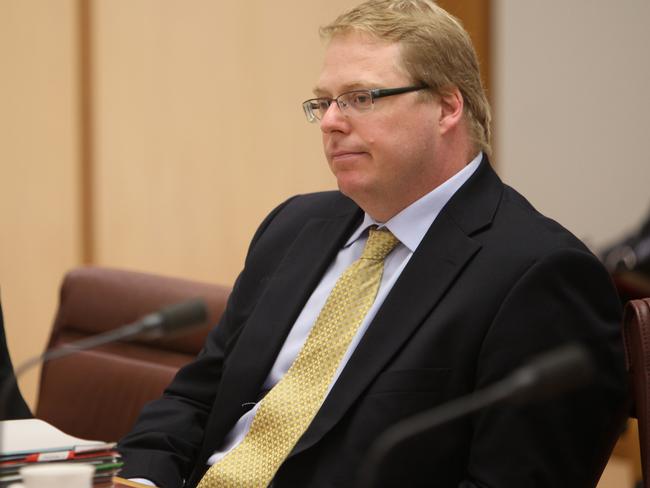
5984 employees
Mr Comley is an economist who left private practice at a boutique advisory when Labor appointed him last year.
Stephanie Foster, Home Affairs $928,340
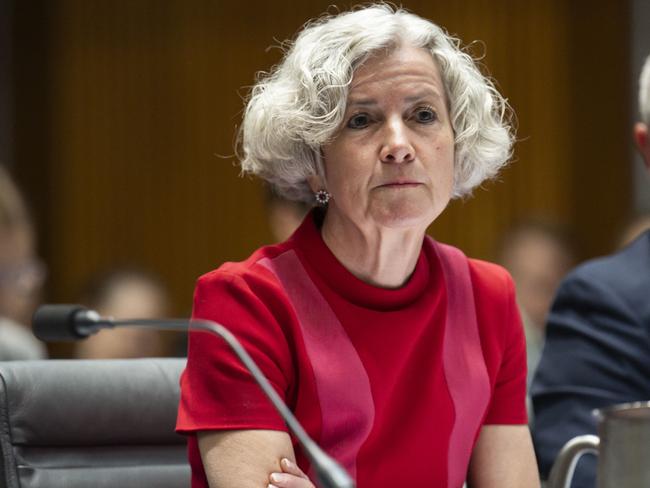
15,223 employees
Regarded as a “captain’s pick” for the key role atop Home Affairs when she was appointed in November.
Jim Betts, Infrastructure, Transport, Regional Development, Communications and the Arts $928,340

2062 employees
Appointed by the Albanese government from the same boutique firm as Mr Comley, EY Port Jackson Partners.
Ray Griggs, Social Services $928,340
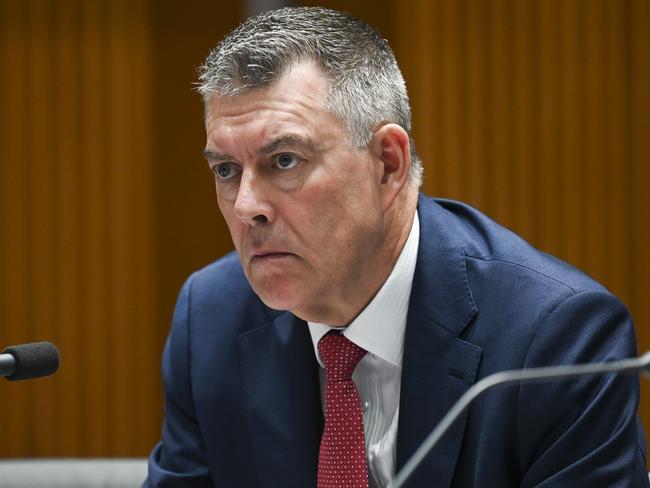
2816 employees
A former chief of Navy, appointed by the Morrison government in 2021.
Perks: all these secretaries enjoy first-class travel - both domestic and international - as well as meal expenses of up to $204 a day and two domestic airline lounge memberships.
More Coverage
Originally published as The public servants who have been paid more than Prime Minister Anthony Albanese
Read related topics:Anthony Albanese



